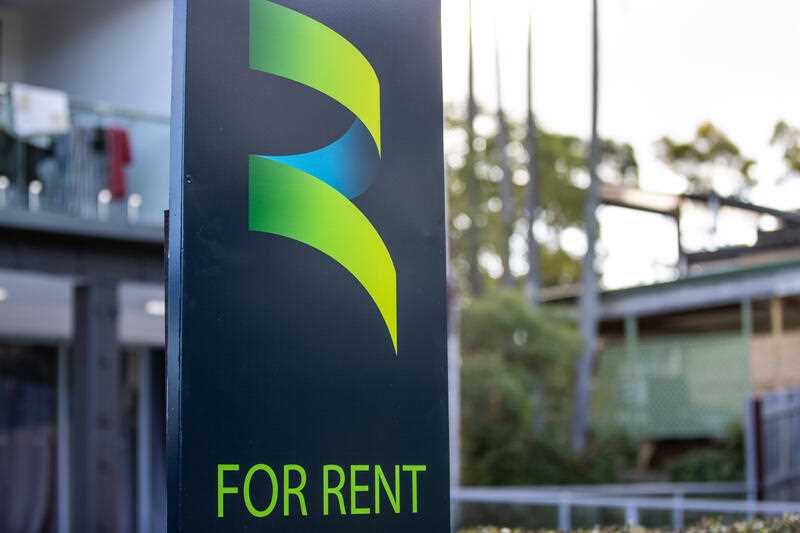By Savannah Meacham
Queensland renters could have saved $5400 in the past two years if the government had established a cap amid soaring prices and low vacancies.
Queenslanders could have saved nearly $5400 over two years if a rental freeze had been introduced to prevent the impact of surging price rises, the Greens say.
Rents are currently sitting at a median price of $550 per week in the state, a 22 per cent increase in two years, according to Queensland Residential Tenancies Authority data.
The Greens said based on the data Queenslanders could have saved an average of $5395 instead of paying for end of tenancy increases if the government had introduced a rental cap back in 2022.
In total, the 22 per cent rise has cost around $3.3 billion extra to renters.
Suburbs like West End, Greenslopes and Lutwyche have seen some of the starkest two year rises.
West End median weekly rent prices have nearly doubled while Greenslopes and Lutwyche are a third more expensive.
“Our new analysis shows that if Labor had supported my Bill for an emergency rent freeze, every Queensland renter household would have an extra $5,400 in their pockets today,” Queensland Greens MP Amy MacMahon said on Wednesday.
The state government has already introduced some measures to address the rental crisis including outlawing bidding, tying a 12-month limit on rental increases to properties instead of being tenancy based and a portable bond scheme.
But the Greens are calling for further action and will be campaigning for a two year rental freeze and a one per cent cap on prices in the October election.
Similarly, Anglicare Australia said the Queensland government’s initiatives fall short during a housing crisis.
“While it’s good to see an end to rental bidding, this change doesn’t go far enough,” Anglicare’s executive director Kasy Chambers told AAP.
“And changing how often landlords increase the rent doesn’t affect the size of the increases.”
The Anglicare Housing Report handed down on Tuesday revealed the grim rental reality with just 0.5 per cent of available properties in southern Queensland affordable – less than 30 per cent of a person’s income – to households on welfare support.
Less than 9 per cent were affordable to residents on minimum wage, with the Gold Coast bearing the brunt of surging prices.
For a couple on minimum wage with two young children in Queensland, just 8 per cent of properties would be affordable to them.
Ms Chambers said it is time to legislate a limit on rental increases, end no-cause evictions and raise the minimum standard for the liveability of homes.
“Limits on rent increases are widely used around the world and are already working in the ACT, which is the only part of the country where rent growth is slowing,” she said.
“There is no reason not to bring in limits for other states and territories.
“Governments must step in to protect renters.”






